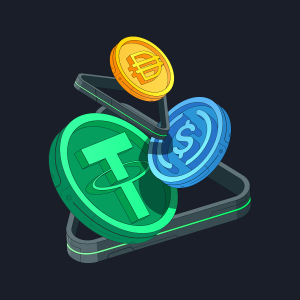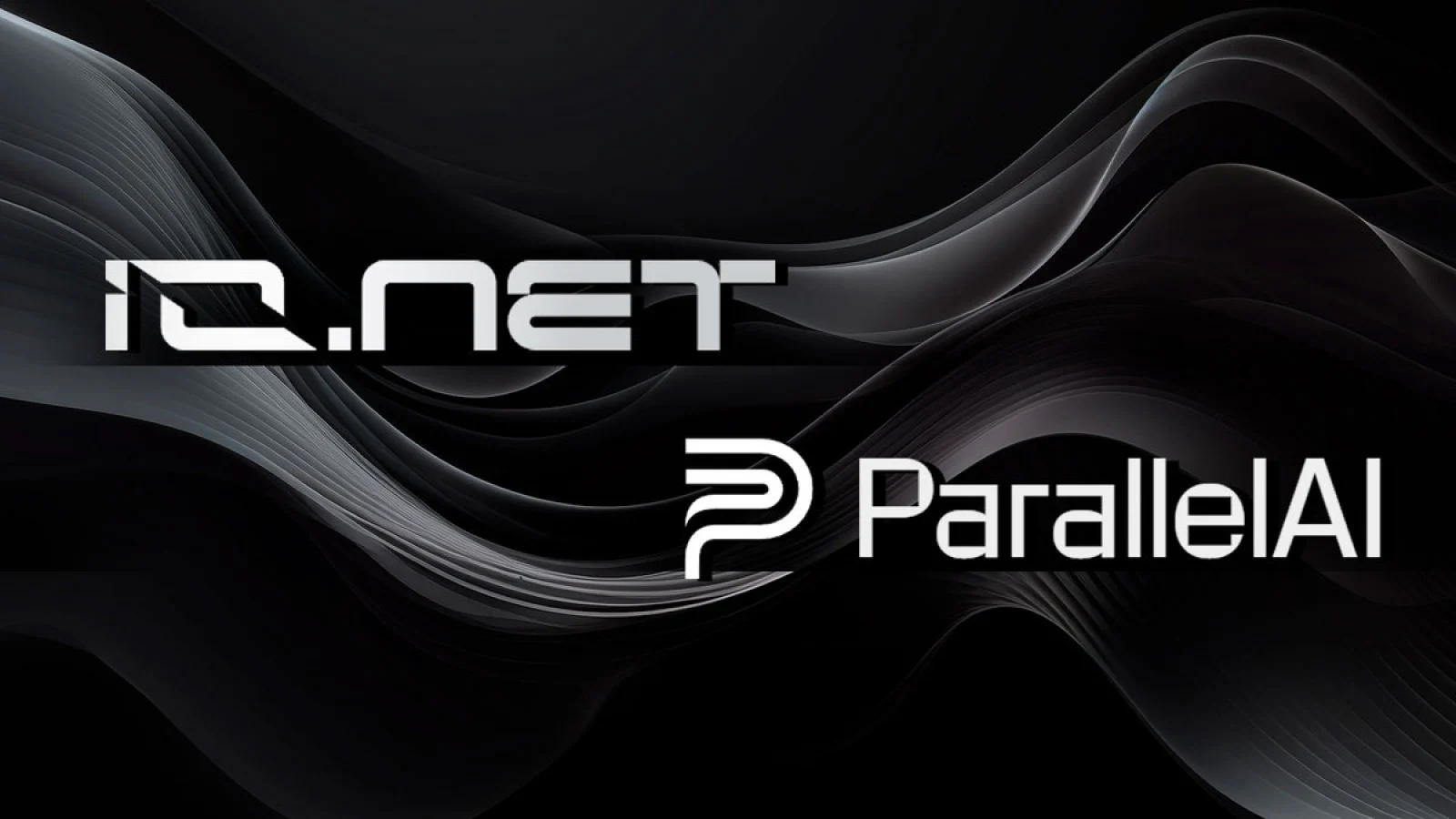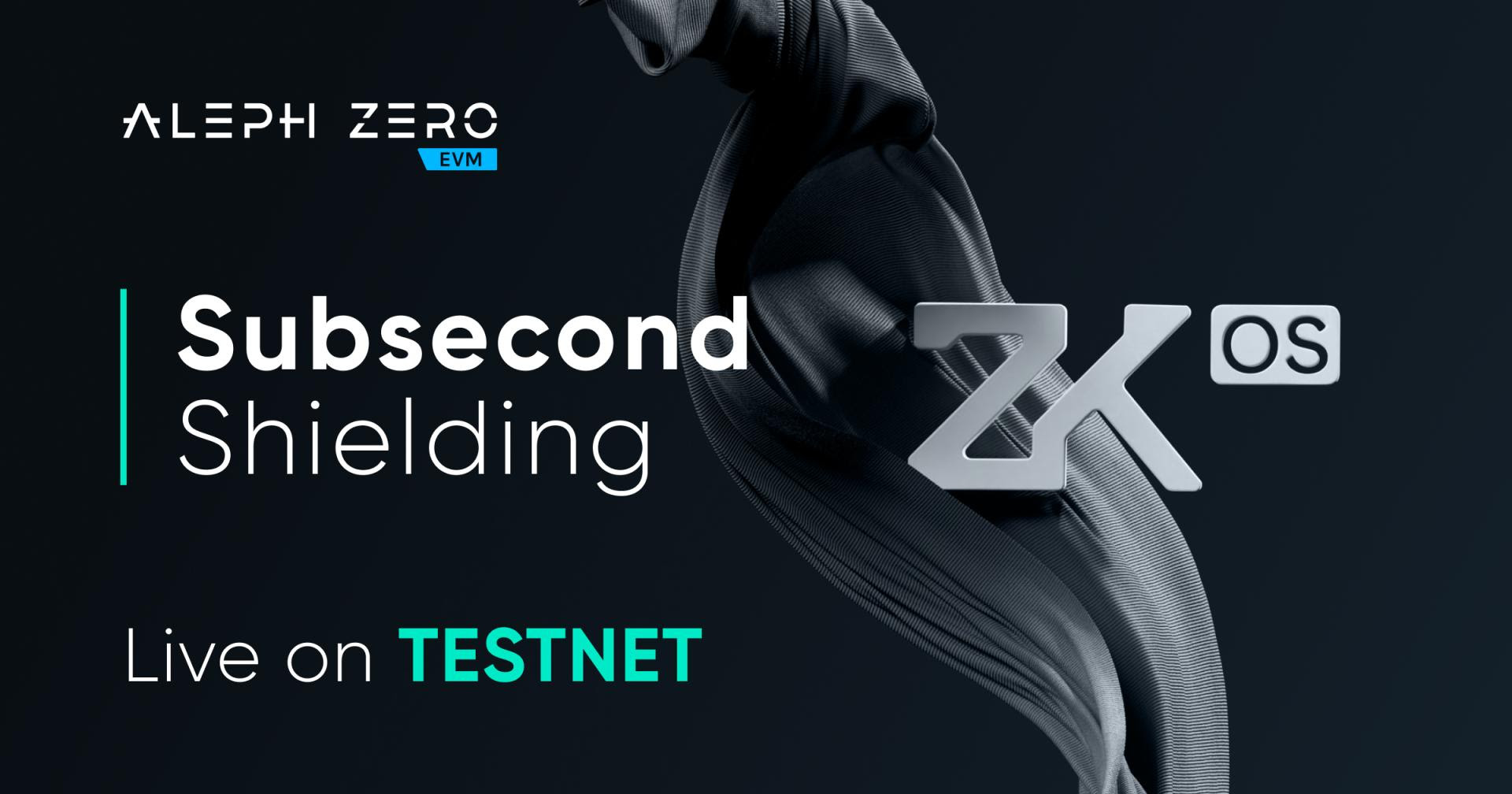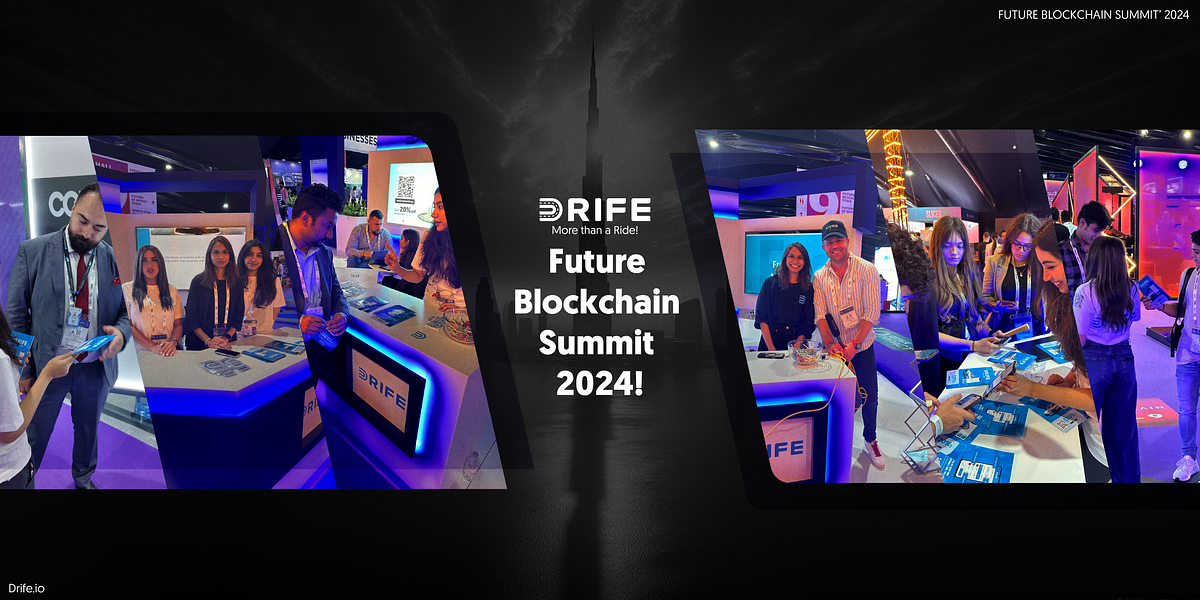Latest DePIN Funding News

7 months ago
Trump Family's Crypto Venture Raises Concerns Amid Political Scrutiny
Donald Trump’s family-run crypto venture, World Liberty Financial, has recently come under scrutiny following the release of a 13-page document detailing its goals and token allocation. The 'World Liberty Gold Paper' reveals that the Trump family will receive a staggering 22.5 billion non-transferrable governance tokens ($WLFI) and 75% of the net protocol revenues. This allocation raises eyebrows among investors and supporters, as it suggests a potential profit of $337.5 million for the Trump clan, assuming a token price of 1.5 cents. Critics are concerned about the vagueness of the token allocations and the fact that these terms are subject to change, leading to accusations of possible scams.
Despite the ambitious goals of World Liberty Financial to challenge traditional banking systems and provide users with more financial freedom, the initial response to the $WLFI token has been tepid. Since its launch, only 917.80 million tokens, worth approximately $137,000, have been sold out of the 20 billion available. This lack of demand indicates that many investors, including Trump supporters, may be skeptical about the platform's sustainability. Furthermore, the Gold Paper explicitly states that neither Trump nor his family holds any legal responsibilities regarding $WLFI or the venture itself, which adds another layer of concern for potential investors.
In addition to the controversies surrounding Trump’s crypto project, Vice President Kamala Harris has also faced criticism for her proposed crypto regulations, which appear to focus exclusively on black men. Her announcement has sparked mixed reactions, with some praising her openness to crypto while others argue that her approach is discriminatory. JD Vance, Trump’s potential running mate, has countered Harris's stance, asserting that all individuals, regardless of race, desire the same opportunities in the crypto space. The juxtaposition of these two political figures highlights the ongoing need for equitable regulations in the US crypto market, free from self-serving agendas.

7 months ago
Arkreen and Roam Partner for Sustainable Blockchain Solutions
In a significant development within the blockchain and renewable energy sectors, Arkreen, a leader in Web3 infrastructure focused on carbon-reduction applications, has announced a partnership with Roam, a trailblazer in decentralized telecom. Roam has successfully issued over 918 million Roam points across more than 180 countries, catering to a user base of 1 million registered individuals. With a robust network of over 700,000 nodes globally, Roam provides a decentralized physical Layer 1, which serves as a foundation for innovative projects in decentralized wireless technology. This collaboration is a pivotal advancement under the Plug for Green Program (PGP), as both companies aim to enhance carbon neutrality within Decentralized Physical Infrastructure Networks (DePIN).
The partnership introduces an innovative approach to sustainable practices through the integration of Roam’s miners with Arkreen’s Smart Plugs. This synergy enables real-time monitoring of electricity consumption for Roam miners, who not only benefit from enhanced crypto mining capabilities but also from Arkreen’s tokenized Renewable Energy Certificates (RECs). This mechanism allows Roam community members to offset their carbon emissions from brown energy consumption directly on-chain, thereby increasing their rewards while fostering a commitment to sustainability. The PGP advantage empowers Roam miners to engage in personal carbon offsetting, aligning their operations with eco-friendly practices.
Through the Plug for Green Program, Arkreen provides Roam with essential tools for energy consumption monitoring and an on-chain carbon offset mechanism. By utilizing Arkreen’s Smart Plug technology, Roam miners can efficiently track their energy usage and earn Arkreen tokens alongside their mining rewards. This dual-mining scenario encourages eco-conscious participants to contribute to sustainability efforts. Arkreen’s on-chain offset mechanism is paving the way for Green DePIN, positioning Roam as a leader in the decentralized telecom sector while setting a precedent for the DePIN community to engage in global sustainability initiatives. Together, they aim to Roam the World, Connect the People, and Green the Planet.

7 months ago
Helium (HNT) Set for Potential Rally as Market Sentiment Turns Bullish
Helium (HNT) is showing promising signs of a potential rally after successfully breaking out from a descending trendline that had been acting as resistance since October 1, 2024. This technical movement has shifted market sentiment from a downtrend to an uptrend, with HNT recently retesting crucial support levels. Analysts predict that HNT could see a significant price increase of up to 30%, potentially reaching the $8.40 mark in the coming days, as the daily chart appears free of major hurdles that could impede its upward trajectory.
The bullish outlook for HNT is further supported by its on-chain metrics, which indicate a strong demand from investors. The Long/Short Ratio stands at 1.008, reflecting a positive sentiment among traders. Additionally, HNT's Open Interest (OI) has surged by 7% over the past 24 hours, suggesting that more investors are entering long positions. This increase in OI, along with the recent breakout, indicates a growing interest in Helium, which may be driving the bullish sentiment in the market.
At the time of writing, HNT is trading at approximately $6.37, having experienced an 8.2% price surge in the last 24 hours. The trading volume has also seen a notable increase of 20%, highlighting heightened participation from traders and investors. With major liquidation levels identified at $6.06 on the lower side and $6.5 on the upper side, the current market dynamics suggest that bullish traders are in control, potentially paving the way for HNT to reach its anticipated price target in the near future.

7 months ago
US Stablecoin Adoption Faces Challenges Amid Global Demand
The adoption of stablecoins among US consumers is experiencing a notable slowdown in 2024, despite a surge in Bitcoin activity following the introduction of spot Bitcoin exchange-traded funds. Recent data indicates a decline in transactions on US-regulated platforms over the past year, primarily due to regulatory challenges and adoption issues surrounding US-based stablecoins. In contrast, stablecoins from emerging markets are witnessing increased implementation, as they serve as vital tools for value transfer and cost-effective transactions globally.
As countries strive to establish a more stable asset base, particularly in the form of the US dollar, stablecoins are poised to enhance global financial inclusion, especially in regions lacking stable currencies. The current cryptocurrency market cap stands at $2.26 trillion, with approximately $1 trillion in US dollars found abroad, highlighting the growing role of stablecoins in replacing dollar cash in volatile local markets. Tether CEO Paolo Ardoino emphasizes that demand for stablecoins is particularly strong in developing countries like Argentina, Turkey, and Vietnam, where individuals seek protection against inflation and currency depreciation.
The regulatory landscape in the United States presents significant challenges for stablecoin projects, placing the country at a competitive disadvantage compared to financial hubs in Europe and the UAE, which offer more favorable environments. Companies like Circle have expressed concerns that the absence of a clear regulatory framework for stablecoins could jeopardize American interests. However, there is a growing call for the US to establish guidelines that promote stablecoin usage, as addressing this regulatory gap is crucial for maintaining competitiveness in the evolving digital asset landscape and fostering innovation within the stablecoin market.

7 months ago
Render Token's Remarkable Surge and Future Predictions
The Render Token (RENDER) has experienced a remarkable rise in 2023, surging over 1,000% following its migration to the Solana blockchain. This transition has opened new opportunities for the token, leading to increased listings and investor interest. As of October 18, 2024, RENDER was priced at $5.35. Despite some volatility in early 2024, analysts remain optimistic, with predictions suggesting that the token could reach $18 by 2025, driven by growing adoption and technological advancements in the decentralized computing space.
In terms of price predictions, analysts have outlined a range for RENDER's value in the coming years. For 2024, the minimum price is projected at $4, with an average of $7.50 and a maximum of $12, reflecting ongoing market corrections. By 2025, the price could stabilize at a minimum of $5.50, with potential growth leading to an average of $10 and a bullish scenario reaching $18. Looking further ahead to 2030, RENDER could see significant gains, with estimates suggesting a minimum price of $10 and a maximum of $50, contingent on broader market adoption and demand.
The Render Network facilitates GPU rendering by connecting creators with GPU providers, making it easier to produce graphics on the blockchain. RENDER serves as the transaction currency within this ecosystem, allowing users to pay for services and participate in governance. With a market cap of $2.77 billion, RENDER ranks as the 34th largest cryptocurrency. As the project continues to evolve and adapt, it remains essential for investors to conduct thorough research and consider market trends before making investment decisions.

7 months ago
io.net Partners with ParallelAI to Enhance GPU Computing for AI
In a significant development within the blockchain and AI sectors, io.net, a pioneering decentralized physical infrastructure network (DePIN) GPU platform, has announced a strategic partnership with ParallelAI. This collaboration aims to enhance the capabilities of both platforms by integrating io.net's tools into ParallelAI's infrastructure, which specializes in parallel processing optimization for AI applications. The partnership is expected to bolster GPU computational facilities on IO Cloud, particularly through the deployment of A100 GPUs, allowing AI developers to efficiently conduct tasks such as large language model (LLM) training and distributed deep learning.
The partnership will not only focus on expanding computational resources but also on joint research and development efforts. By leveraging their combined expertise, io.net and ParallelAI aim to push the boundaries of GPU cloud computing, setting new standards for performance and efficiency. This collaboration follows io.net's previous partnerships, including a notable alliance with FLock to develop a Proof-of-AI (PoAI) consensus mechanism, further solidifying its position in the AI and DePIN landscape.
ParallelAI's innovative approach allows developers to write high-level code while the platform manages parallel computing across multiple GPUs and CPUs. This can lead to a remarkable reduction in computational time—up to 20 times faster—and significant cost savings. By utilizing decentralized GPU clusters on demand through IO Cloud, ParallelAI can scale its operations seamlessly, ensuring clients have reliable access to the computational power needed for intensive AI workloads, with potential savings of up to 90% compared to traditional cloud services.

7 months ago
Altcoins Surge as Rollblock Presale Gains Momentum
The altcoin market is experiencing a resurgence as investors prepare for an exciting fourth quarter. Notable performers like Bittensor and Dogwifhat have seen significant price increases, prompting many investors to shift their profits towards the Rollblock ($RBLK) presale. This innovative project aims to revolutionize the online gambling sector by integrating blockchain technology, making it an attractive opportunity for those looking to capitalize on the gaming industry's potential.
Bittensor ($TAO) has recently cooled off after an impressive 100% rally, currently trading down 5% at $579. Despite this minor pullback, Bittensor holders have enjoyed a remarkable month, with their portfolios increasing by over 97%. Investors are keenly watching for continued upward momentum, particularly as the $500 mark serves as a crucial support level. Meanwhile, Dogwifhat ($WIF) has also gained traction, riding the wave of the meme coin resurgence with an 8% increase this week, bringing its price to $2.58. With a remarkable 73% gain this month, Dogwifhat could potentially reach its yearly highs again, depending on the overall strength of the meme market.
Rollblock ($RBLK) is capturing investor attention with its presale, which has raised over $4.51 million, attracting more than 17,000 early adopters. This project promises to secure all bets on-chain, eliminating concerns about bet tampering and ensuring transparency. Investors are particularly excited about the potential for high annual percentage yields (APY) of 30% by staking RBLK, the platform's native token. With innovative tokenomics designed to reduce supply as demand increases, Rollblock positions itself as a promising investment opportunity in the rapidly growing $450 billion gambling market. New participants can take advantage of a 100% deposit bonus on purchases up to $500, making it an opportune moment to invest before prices potentially skyrocket.

7 months ago
Aleph Zero Launches zkOS: A New Era of Privacy in Blockchain
Aleph Zero has officially launched its client-focused zero-knowledge operating system, zkOS, aimed at enhancing user privacy and scalability within the blockchain ecosystem. The first feature introduced under zkOS is called Shielding, which is now available on the EVM Testnet. This innovative feature allows users to experience the speed and privacy capabilities of Aleph Zero's zero-knowledge proof (ZK) technology optimizations. The Shielding Demo serves as a testament to the company's commitment to developing practical privacy solutions tailored for the blockchain industry.
The zkOS operates by generating zero-knowledge proofs locally on the user's device, ensuring that sensitive data remains private and secure. This approach not only enhances user privacy but also maintains transaction speed, a critical factor in blockchain operations. Adam Gagol, Co-Founder & CTO of Aleph Zero, emphasized that the release of zkOS marks a significant advancement in addressing privacy challenges in blockchain technology. The Shielding Demo showcases how zkOS can effectively integrate privacy into decentralized finance (DeFi) without compromising on performance or usability.
Looking ahead, Aleph Zero has ambitious plans to further develop zkOS, making it more user-friendly and introducing additional privacy features such as ZK-ID and anonymity revokers to combat fraud. The platform is designed to be easily integrated by developers with minimal cryptographic knowledge, positioning zkOS as an essential tool for creating privacy-centric applications in DeFi and other web3 sectors. As the testnet continues to roll out, Aleph Zero is refining both Shielding and zkOS in preparation for its Mainnet deployment, allowing users who participate in the Shielding Demo to be whitelisted for upcoming zkOS Beta testing on Aleph Zero’s EVM Mainnet.

7 months ago
DRIFE Showcases Decentralized Transportation Vision at Future Blockchain Summit 2024
The Future Blockchain Summit 2024 marked a pivotal moment for DRIFE, as the company showcased its vision for decentralized transportation and sustainable technology. The event was filled with innovation and collaboration, highlighting the transformative potential of blockchain in the mobility sector. Firdosh Shaikh, the Founder of DRIFE, delivered an insightful session on decentralized mobility, emphasizing how sustainable technology is reshaping the blockchain ecosystem. His discussion, moderated by Ivan Mehta from TechCrunch, explored the future of mobility and the integration of blockchain into urban transportation, demonstrating how it can empower both riders and drivers by eliminating intermediaries.
DRIFE's participation included a demonstration of its decentralized ride-hailing platform, which aims to create a community-powered system that enhances transparency and increases earnings for drivers. Attendees experienced firsthand how DRIFE utilizes blockchain technology to offer more cost-effective and secure rides. Throughout the event, the DRIFE team engaged with industry leaders from the web3 and mobility sectors, discussing potential partnerships and innovations in decentralized technology. These conversations underscored the importance of collaboration in driving blockchain adoption in the mobility sector, leading to several promising opportunities.
The summit also facilitated networking with various stakeholders, including blockchain startups, investors, and policymakers, paving the way for future collaborations that will enhance blockchain-powered transportation. DRIFE's immersive booth attracted numerous visitors eager to learn about its ride-hailing solutions, while over 500 DRIFE cars provided seamless transportation throughout Dubai during the event. The partnership with Crypto Oasis UAE for the Web3Fest Kickoff Night further showcased DRIFE's commitment to decentralized mobility, offering discounted rides to attendees. As DRIFE continues to push the boundaries of decentralized transportation, it expresses gratitude to the Future Blockchain Summit organizers and looks forward to future innovations in urban mobility.

7 months ago
Filecoin Expands Ecosystem with Major Upgrades and Collaborations
Filecoin's ecosystem is witnessing significant growth, with over 60 teams actively developing innovative solutions across various sectors, including decentralized storage, artificial intelligence (AI), Decentralized Physical Infrastructure Networks (DePIN), and Web3 infrastructure. This expansion is not only enhancing the capabilities of Filecoin but also contributing to the broader evolution of Web3. The diverse projects being undertaken aim to transform data storage and digital infrastructure, positioning Filecoin as a key player in the decentralized sector.
A notable advancement in this ecosystem is the Filecoin Virtual Machine (FVM), which enhances the functionality of smart contracts and programmable storage. This new capability is particularly beneficial for the AI and DePIN industries, where the demand for scalable solutions is growing. By allowing developers to create distributed applications that seamlessly integrate with Filecoin’s storage features, FVM is pushing the boundaries of decentralized computing. Additionally, the recent Fast Finality (F3) upgrade has drastically reduced the finalization time from 7.5 hours to just a few minutes, significantly improving the network's efficiency and responsiveness.
Moreover, Filecoin's collaboration with Aethir addresses the critical issue of GPU resource scarcity in Web3. This partnership is expected to enhance Filecoin’s GPU power, thereby improving data processing capabilities and distributed storage strength. As a result, Filecoin is likely to gain a competitive edge in the AI and Web3 ecosystems. Currently, Filecoin's native token, FIL, is trading at $3.69, reflecting a 5.03% increase over the past week, bringing its market cap closer to $2.2 billion. These developments indicate a promising future for Filecoin as it continues to innovate and expand its offerings in the decentralized landscape.
Signup for latest DePIN news and updates